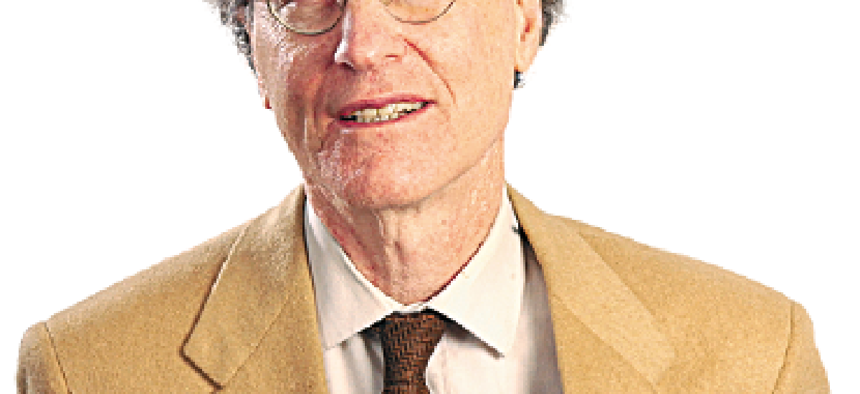Research just proves the obvious? Not so fast.

Academic research is full of surprises, Steve Kelman maintains, even though many people believe it only shows what's already obvious.
Steve Kelman is professor of public management at Harvard University’s Kennedy School of Government and former administrator of the Office of Federal Procurement Policy.
Some non-academics believe the findings of scholarly research are trivial and obvious. Although some research does fit that description, I think those who hold that attitude are often mistaken.
Indeed, in one study, two groups of people were told that academic researchers had reached opposite conclusions to a certain question and asked whether the finding was obvious. In both cases, most respondents said yes.
For readers who believe that research only reveals the obvious, I want to share an interesting study that appeared last year in the journal Psychological Science. It was by Adam Grant, a brilliant young scholar at the University of Pennsylvania’s Wharton School whose research I have discussed in earlier columns, and his colleague David Hofmann of the University of North Carolina’s Kenan-Flagler Business School. The researchers report the results of an experiment at a hospital designed to test different ways to encourage employees to wash their hands, a simple practice to reduce the spread of disease among health care professionals and patients.
The researchers put different signs by different sinks in randomly selected places in a hospital. One sign said, “Hand hygiene prevents you from catching diseases.” The other said, “Hand hygiene prevents patients from catching diseases.”
For two weeks before and two weeks after the signs went up, the researchers tracked the use of liquid soap placed in the dispensers at the sinks, a neat way to unobtrusively measure the rate of handwashing.
I suspect most readers would assume that the first sign was more effective — you know, look out for No. 1 and all that. As you probably also suspect, I wouldn’t be writing this column if the results were that obvious. In fact, the percentage of liquid soap used at the “help patients” location went up from 37 percent before the experiment to 54 percent. At the sinks where the message was about one’s own well-being, use declined slightly (from 35 percent to 34 percent) — in other words, it essentially stayed the same.
I report on this study because of its relevance for federal managers. It is well known that they lack many of the material rewards available to companies to encourage good employee performance. All too often, government managers draw from this the conclusion that they have no tools to improve how well employees do their jobs and must accept whatever performance they get.
That conclusion is based on the view that the only thing that motivates people is personal, selfish reward. However, Grant and Hofmann’s findings show us that this might be a false assumption, at least for people working in jobs that are closely associated with helping others. That is the case for physicians. It is also the case for many government employees.
Federal managers need to stop taking the easy, woe-is-me attitude that because they can’t give cash to high-performing employees, they need to put up with subpar performance. Instead, managers should be creative about finding ways to engage employees in the organization’s service mission. Because research also indicates that simple statements by supervisors or managers in this regard are not enough, managers need to show they are walking the walk and/or give employees more chance to interact with beneficiaries of the organization’s activities.
Looking out for No. 1 is an impoverished view of what makes many of us tick. Let’s not be its slaves.


